Saltwater Fly Fishing in the Seychelles: Worth the Hype?
Nestled in the azure waters of the Indian Ocean, the Seychelles archipelago has earned its reputation as one of the world’s premier saltwater fly fishing destinations. Anglers from across the globe make pilgrimages to these remote islands, drawn by tales of giant trevally, permit, bonefish, and other trophy species that patrol the pristine flats. With its combination of stunning natural beauty, diverse fishing opportunities, and exclusive experiences comes a significant price tag – often reaching thousands of dollars per day. This naturally raises the question: is saltwater fly fishing in the Seychelles truly worth the considerable investment of time and money? This article explores the reality behind the hype, examining what makes the Seychelles special, what challenges anglers might face, and whether this bucket-list destination delivers on its promises.
The Geographical Marvel of Seychelles Atolls
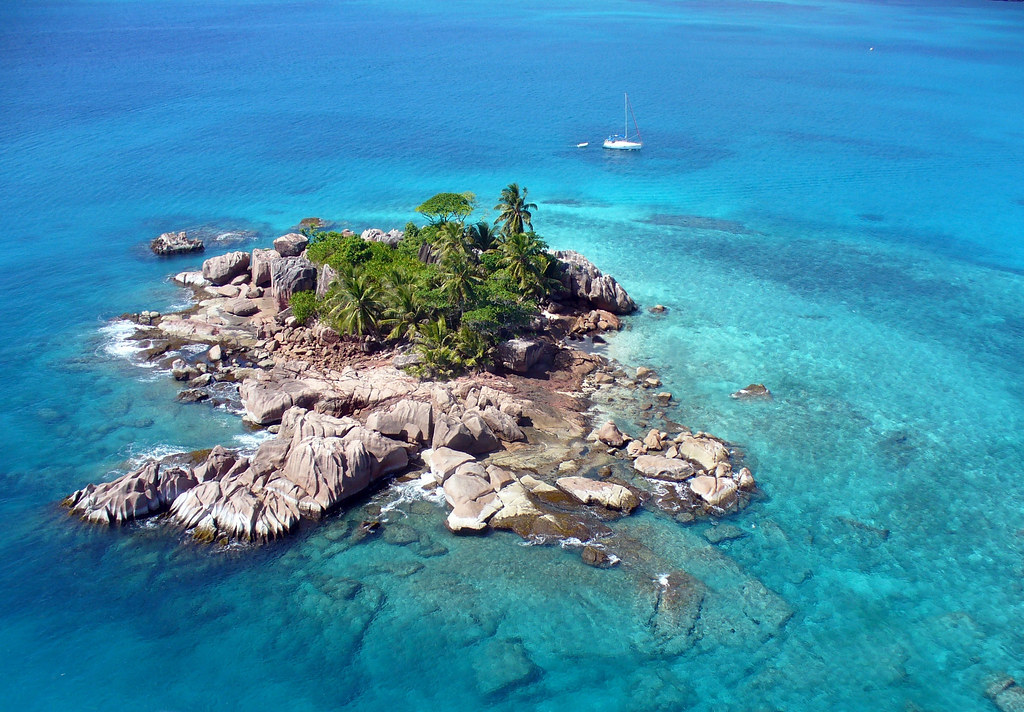
The Seychelles consists of 115 islands scattered across nearly 400,000 square kilometers of ocean, with many of the prime fishing destinations located on remote coral atolls far from the main islands. These isolated ecosystems create unique fishing environments found nowhere else on earth. Atolls like Alphonse, Cosmoledo, Astove, and Providence feature vast shallow flats of white sand that extend for miles, punctuated by deeper channels and reef edges. The geographical isolation of these atolls has protected them from extensive commercial fishing pressure, allowing fish populations to thrive naturally. The combination of healthy coral reefs, expansive flats, and nutrient-rich waters creates perfect habitats for a diverse array of gamefish species. This pristine environment is a major factor in the Seychelles’ reputation as fly fishing paradise, offering anglers virtually untouched fishing grounds.
The Legendary Giant Trevally Experience
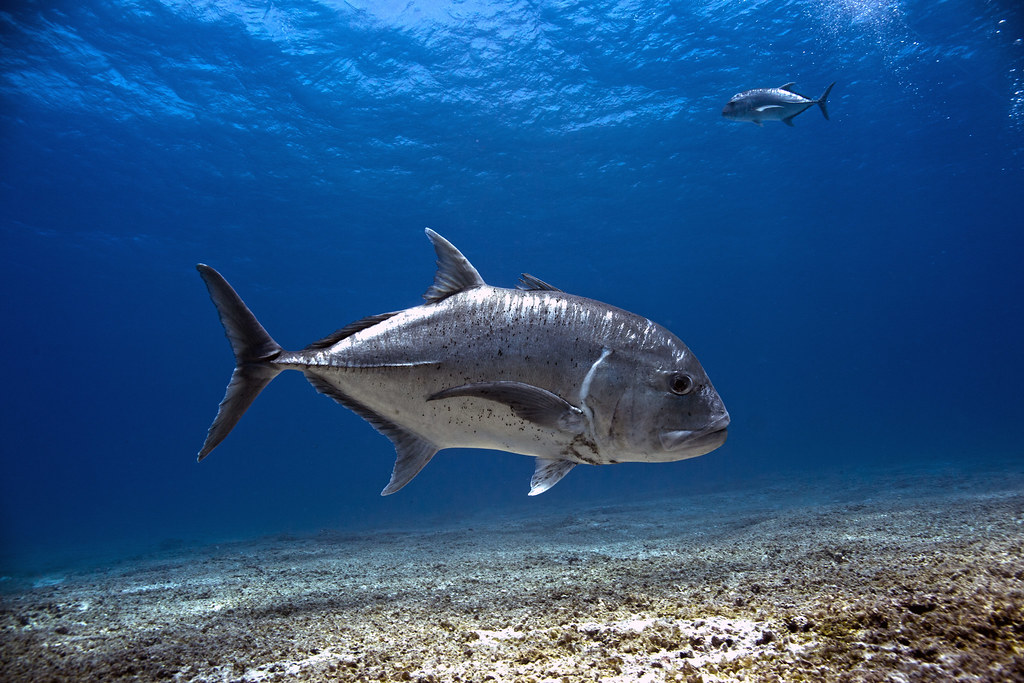
The giant trevally (GT) has become the signature species of Seychelles fly fishing, catapulted to fame by dramatic footage in BBC’s Blue Planet II showing these predators hunting birds. These silver-flanked monsters, often exceeding 100 pounds, are the apex predators of the flats, known for their aggressive strikes and blistering runs that can destroy equipment and humble even experienced anglers. Pursuing GTs in the Seychelles offers a unique sight-fishing experience, where anglers can witness these powerful fish hunting in shallow water, creating bow waves as they charge down flies. The visual thrill of watching a GT track and attack a fly is unmatched in the fly fishing world, combining the technical challenge of accurate casting with the raw adrenaline of connecting with one of the ocean’s most powerful gamefish. For many anglers, landing a GT on the flats represents the pinnacle of saltwater fly fishing achievement, making the Seychelles pilgrimage worthwhile for this species alone.
The Diversity of Target Species
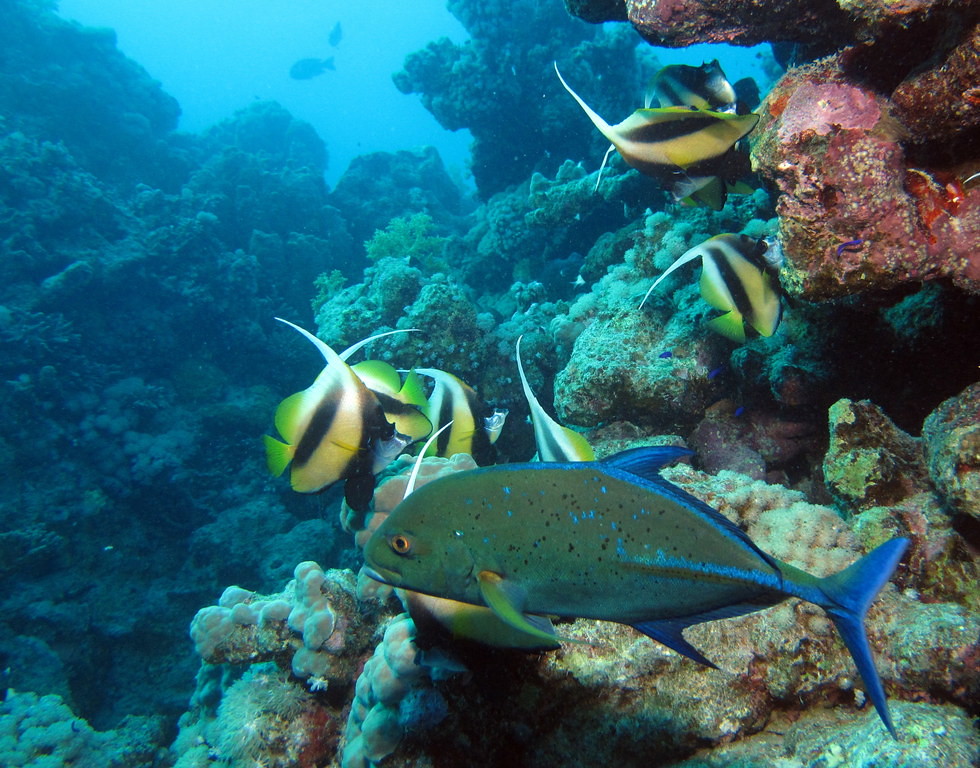
While giant trevally may be the headline attraction, the Seychelles offers an impressive diversity of species that ensures varied fishing opportunities throughout any trip. Bonefish, often reaching sizes larger than their Caribbean counterparts, cruise the flats in good numbers, providing consistent action and the screaming runs these “gray ghosts” are famous for. The elusive Indo-Pacific permit (Trachinotus blochii) presents perhaps the ultimate technical challenge, demanding perfect presentations and specialized flies. Other trevally species, including bluefin, golden, and yellow-spot, patrol the same waters, often providing exciting action when other species are less active. Additional targets include milkfish (known for their blistering speed), triggerfish (requiring precise sight casting), barracuda, snapper, grouper, and the occasional sailfish or dogtooth tuna in deeper waters. This remarkable diversity means anglers can tailor each day’s fishing to different species and techniques, making the Seychelles a destination that rewards multiple visits.
The Pristine Wilderness Experience
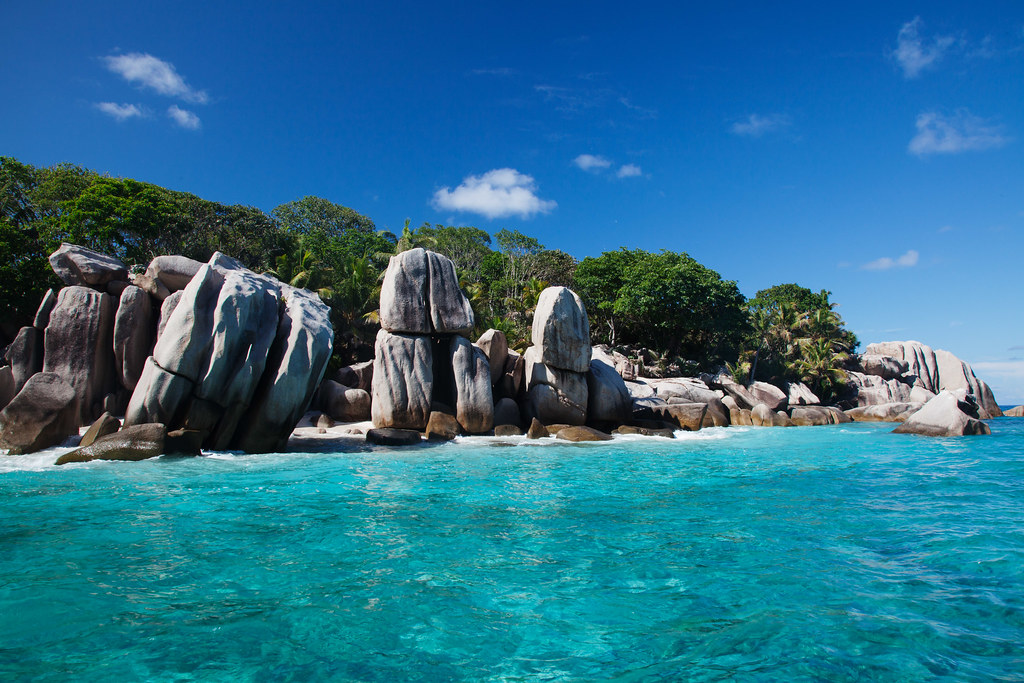
Beyond the fishing itself, the Seychelles offers an unparalleled wilderness experience that adds immeasurable value to any angling trip. Many of the fishing atolls remain virtually uninhabited except for small, eco-conscious lodges catering to limited numbers of guests. Days on the water are spent in complete solitude, with no other boats in sight and nothing but the sound of lapping waves and calling seabirds. The water clarity is often astounding, with visibility extending 50+ feet, allowing anglers to spot fish at remarkable distances. During fishing days, anglers might encounter pods of dolphins, rays leaping from the water, nesting sea turtles, and countless species of tropical birds. The night skies, unpolluted by artificial light, reveal stars with stunning clarity. This combination of isolation, natural beauty, and pristine ecosystems creates an experience that transcends fishing alone, offering a rare glimpse of untouched marine environments increasingly scarce in today’s world.
The Logistics and Travel Considerations
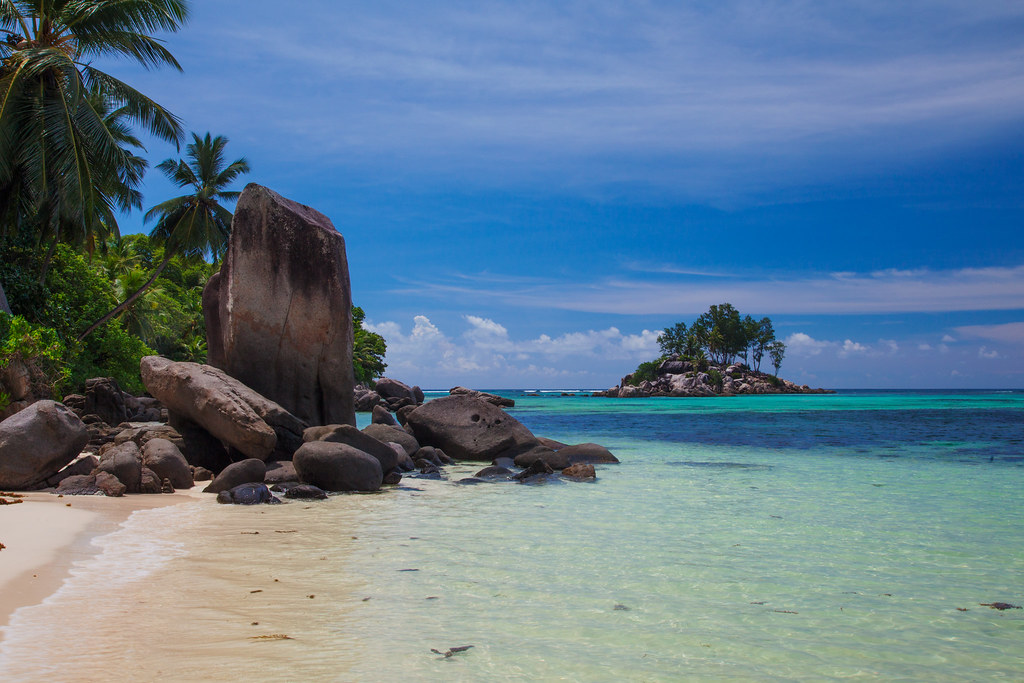
Reaching the Seychelles’ prime fishing destinations requires significant travel commitment, which factors into the overall value equation. Most international flights arrive at Mahé, the main island, followed by additional charter flights or boat transfers to outer atolls. For remote destinations like Cosmoledo or Providence, this might involve multi-hour boat journeys or charter flights on small aircraft with strict luggage restrictions. The distance and logistics create natural limitations on fishing pressure, helping preserve the quality of the fishery. Weather patterns must be carefully considered, with the optimal fishing season generally running from October through April, avoiding the windier southeast monsoon period. Anglers should budget additional travel days as buffer against potential delays, especially when visiting the more remote atolls. Despite these challenges, the logistical complexity serves as a filtering mechanism that ensures these destinations remain special, uncrowded, and worth the journey for committed anglers.
The Premium Price Point
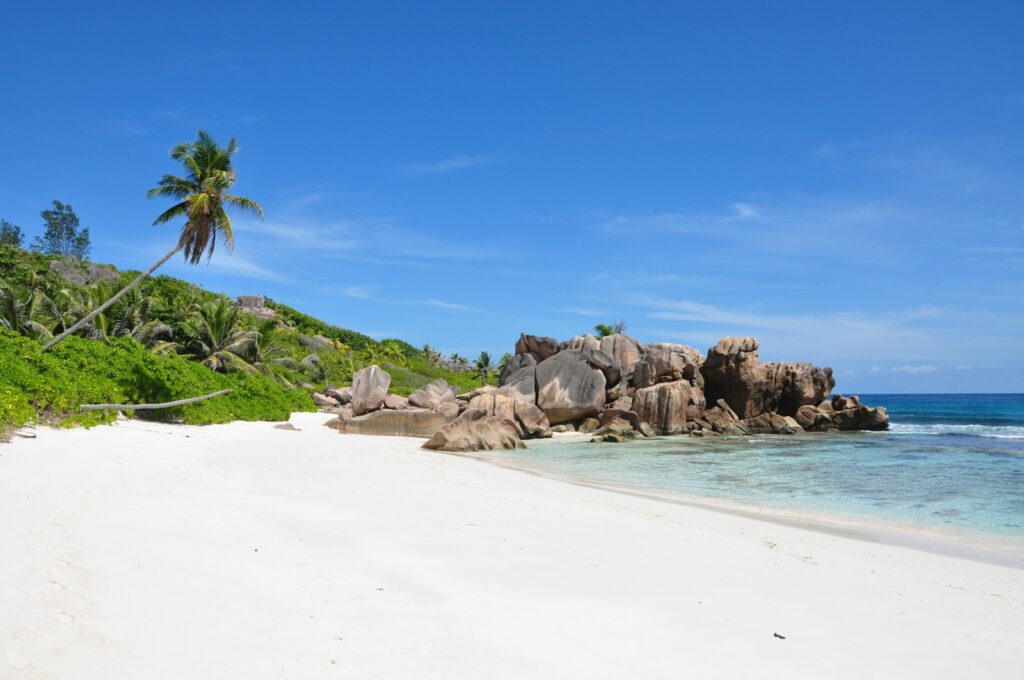
The Seychelles represents the high end of the destination fly fishing market, with week-long packages typically ranging from $6,000 to $15,000 per person, depending on the specific atoll and accommodation. This pricing reflects the genuine exclusivity and limited capacity of these operations, with most lodges hosting only 8-12 anglers per week. The remote location necessitates significant operational costs, including transporting supplies, maintaining boats and equipment, and employing skilled guides familiar with the expansive fishing grounds. Most packages are all-inclusive, covering comfortable accommodation, guided fishing, meals, and local transfers, though international flights and specialized tackle remain separate expenses. When evaluating this investment, anglers should consider not just the fishing itself but the entire experience – the pristine environment, the limited angler numbers, the expertise of guides, and the quality of service. For many who make the journey, the combination of world-class fishing and exceptional overall experience justifies the premium pricing.
The Guide Experience and Expertise
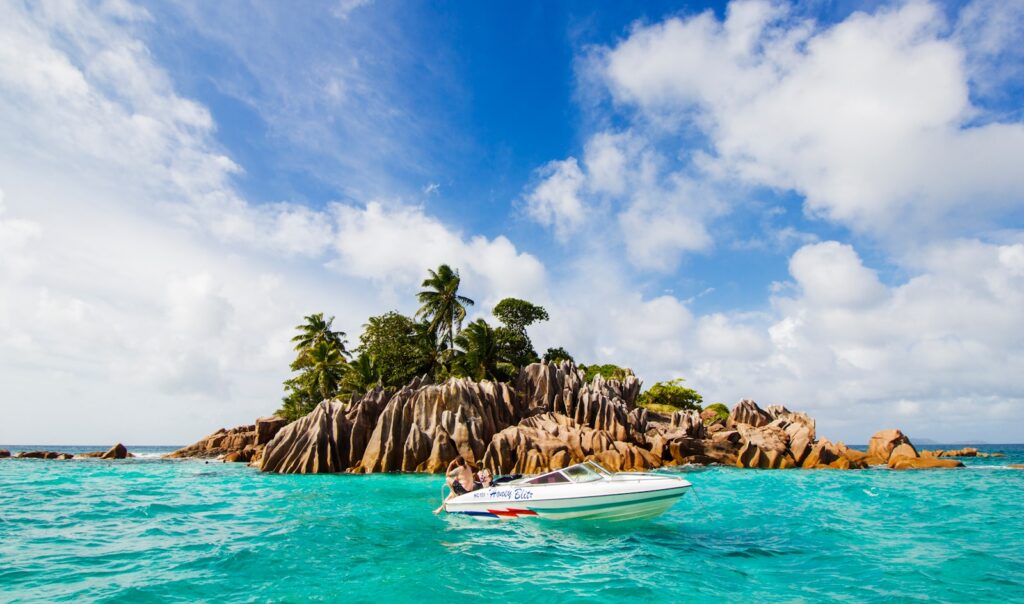
The quality of guiding in the Seychelles contributes significantly to the destination’s reputation and value proposition. Most operations employ highly experienced international guides who work seasonal rotations, developing intimate knowledge of these complex fisheries. These professionals excel not just at finding fish but at teaching the specialized casting techniques required for success, from the quick, powerful casts needed for giant trevally to the delicate presentations demanded by permit and triggerfish. Guides in the Seychelles are adept at managing the challenges of tidal movements across vast flats, constantly repositioning anglers for optimal opportunities throughout changing conditions. They also serve as naturalists, educating guests about the unique marine ecosystems and wildlife encountered throughout the day. The guide-to-angler ratio is typically 1:2, ensuring personalized attention and maximizing learning opportunities for visitors. This level of expertise and attention represents a significant portion of the value equation when considering a Seychelles fly fishing trip.
The Reality of Weather Challenges
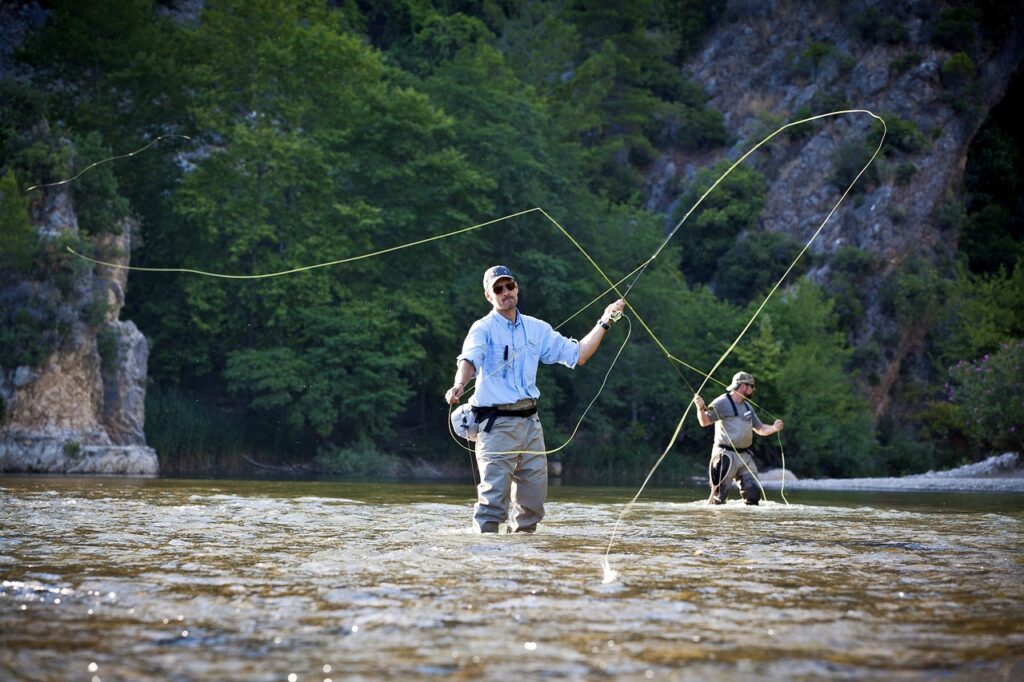
Potential visitors should approach Seychelles fly fishing with realistic expectations regarding weather variables that can impact the experience. Even during prime seasons, passing weather systems can bring cloudy days that significantly hamper sight fishing, which relies on good visibility to spot fish on the flats. Strong winds can make casting challenging, particularly when pursuing species like permit or triggerfish that demand precision presentations. Unusually high or low tides might temporarily limit access to certain fishing areas, requiring flexibility in daily plans. Tropical rain squalls, while typically brief, can interrupt fishing sessions without warning. Experienced operations mitigate these challenges through diverse fishing programs that can adapt to conditions, utilizing different areas and targeting different species as conditions dictate. Anglers who approach their trip with flexibility and a willingness to embrace whatever conditions present themselves generally report the most satisfying experiences, finding opportunities even when perfect weather proves elusive.
The Conservation Commitment
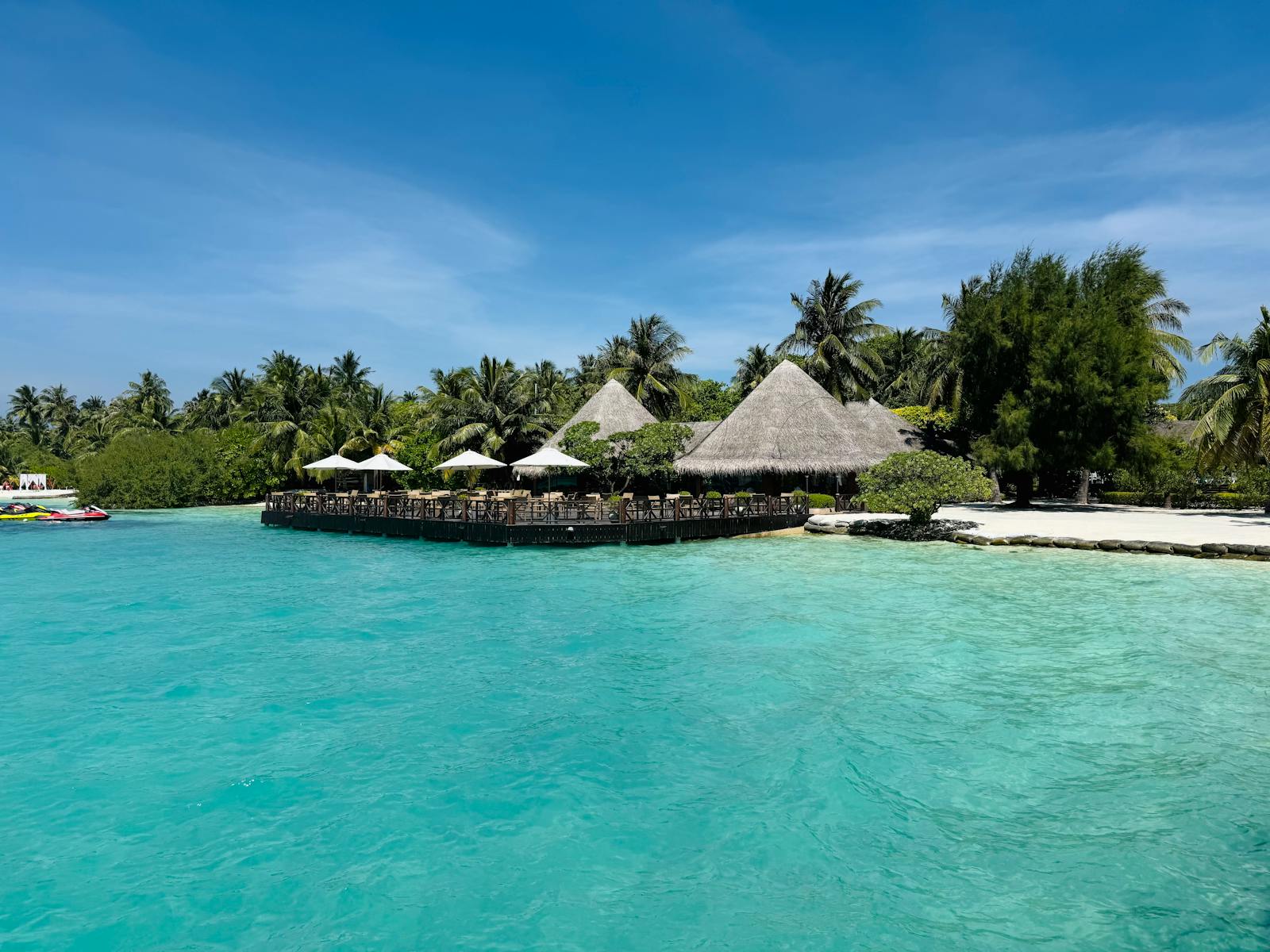
A significant but often overlooked aspect of Seychelles fly fishing is the substantial conservation impact supported by visiting anglers. Many operations partner directly with marine conservation organizations, conducting research programs that monitor fish populations, coral health, and ecosystem changes. Alphonse Island, for example, maintains the Alphonse Foundation that funds conservation initiatives throughout the atoll, while Blue Safari Seychelles integrates scientific research across its operations at Cosmoledo, Astove, and Alphonse. These programs frequently utilize catch data from guided fishing to inform scientific understanding of species movements, growth rates, and population health. Most fishing in the Seychelles operates on a strict catch-and-release basis, with careful fish handling protocols designed to ensure high survival rates. By choosing to fish in the Seychelles, anglers indirectly support these conservation efforts, contributing to the preservation of these remarkable marine ecosystems for future generations – an intangible but meaningful value component.
The Comparison to Other Destinations
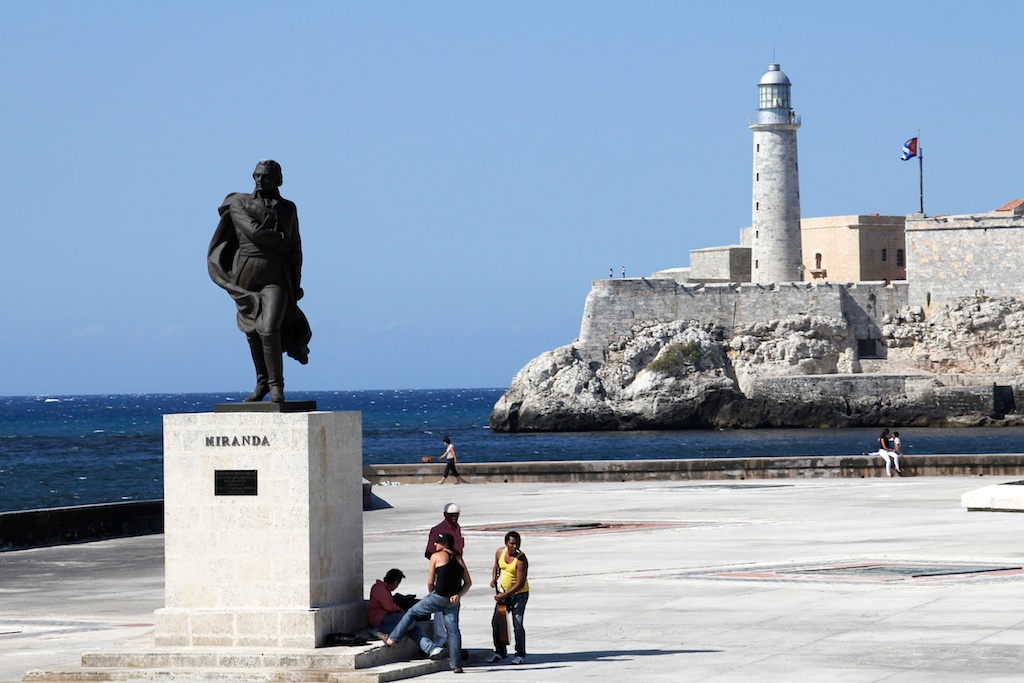
To properly assess the Seychelles’ value proposition, comparison with other premier saltwater destinations provides helpful context. The Seychelles generally commands higher prices than destinations like the Bahamas, Belize, or Mexico, but offers significantly less fishing pressure, larger average fish size, and greater species diversity. While Cuba offers comparable exclusivity at lower price points, it cannot match the Seychelles for giant trevally opportunities or overall species variety. Destinations like Christmas Island provide excellent bonefish and triggerfish opportunities at lower costs but lack the infrastructure quality and GT potential of the Seychelles. Australia’s remote northern flats offer similar species but with more challenging logistics and weather variables. What distinguishes the Seychelles in these comparisons is the rare combination of trophy-class fish, pristine environments, professional operations, and exclusive access – essentially providing a “best of all worlds” scenario that, while expensive, delivers value through a truly comprehensive package unmatched elsewhere. For anglers who have experienced other destinations and seek the ultimate saltwater challenge, the Seychelles often represents the logical progression.
The Beginner Versus Expert Equation
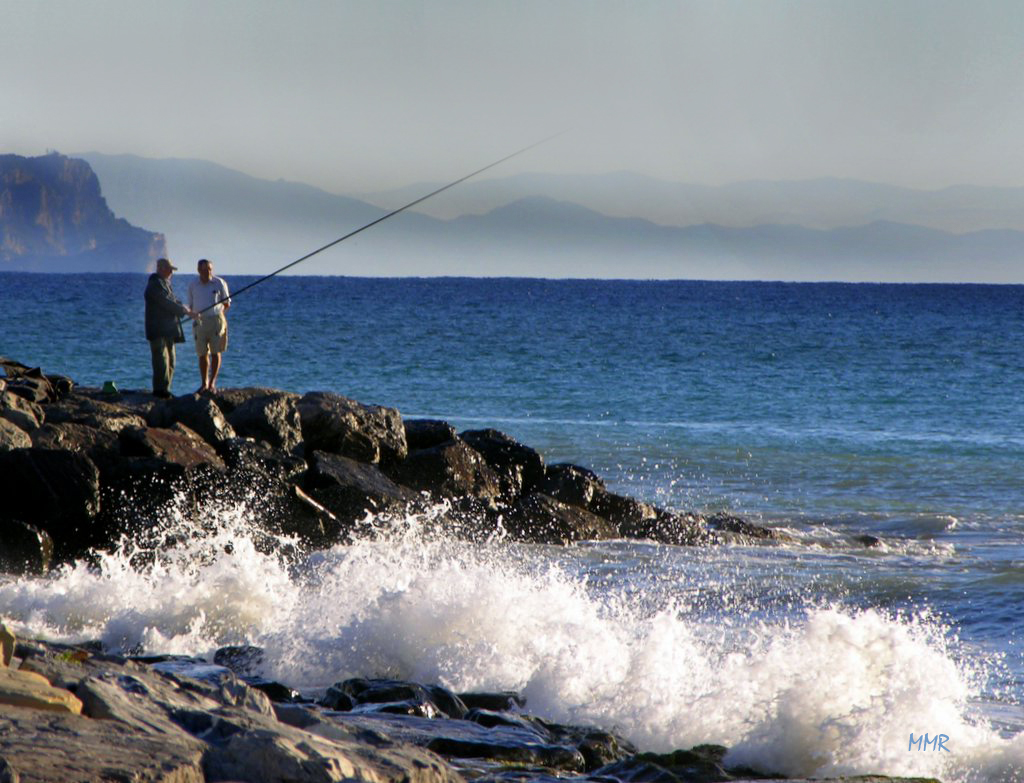
A critical consideration when evaluating the Seychelles’ worth is matching the destination to an angler’s experience level and expectations. For novice saltwater fly anglers, the Seychelles presents a steep learning curve, with challenging casting conditions, selective fish, and variable weather that can frustrate those still developing fundamental skills. Beginners might find better value in more forgiving destinations where consistent action with less demanding species builds confidence and technique. Conversely, experienced anglers often find the Seychelles represents the ultimate testing ground for skills developed over years of saltwater fishing. The opportunity to sight-cast to trophy GTs, permit, and other challenging species in pristine conditions rewards the investment in technique that seasoned anglers have made. Some operations, particularly Alphonse Island, have developed programs suitable for mixed experience levels, with enough bonefish opportunities to keep beginners engaged while still offering advanced challenges. Ultimately, the Seychelles delivers its greatest value to anglers who arrive with realistic expectations and sufficient skill to capitalize on the unique opportunities presented.
The Non-Angling Activities and Companions
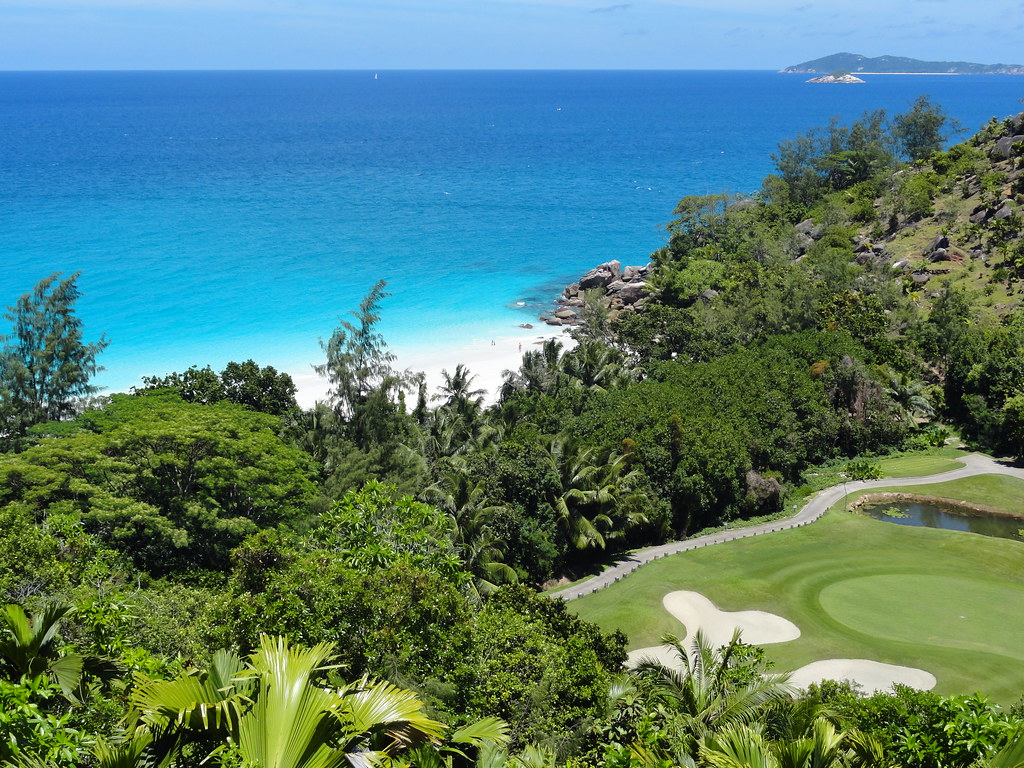
Unlike some fishing destinations that offer little beyond the fishing itself, many Seychelles operations have developed comprehensive programs for non-fishing activities and companions, enhancing the overall value for those traveling with partners or seeking variety. Alphonse Island leads in this regard, offering a full complement of activities including snorkeling, scuba diving, sea kayaking, stand-up paddleboarding, nature walks, and spa treatments. This makes the destination viable for couples or families where not everyone fishes full-time. Other operations like Astove and Cosmoledo, while more fishing-focused, still offer activities like guided flats walks, snorkeling excursions, and island explorations. The main islands of Mahé and Praslin feature luxury resorts that can be combined with fishing trips, allowing anglers to extend their stay and enjoy the Seychelles’ famous beaches and Creole culture. This versatility adds significant value for those who wish to experience the Seychelles beyond the flats, transforming a fishing trip into a more comprehensive vacation without sacrificing angling quality.
The Final Verdict: Value Beyond Numbers
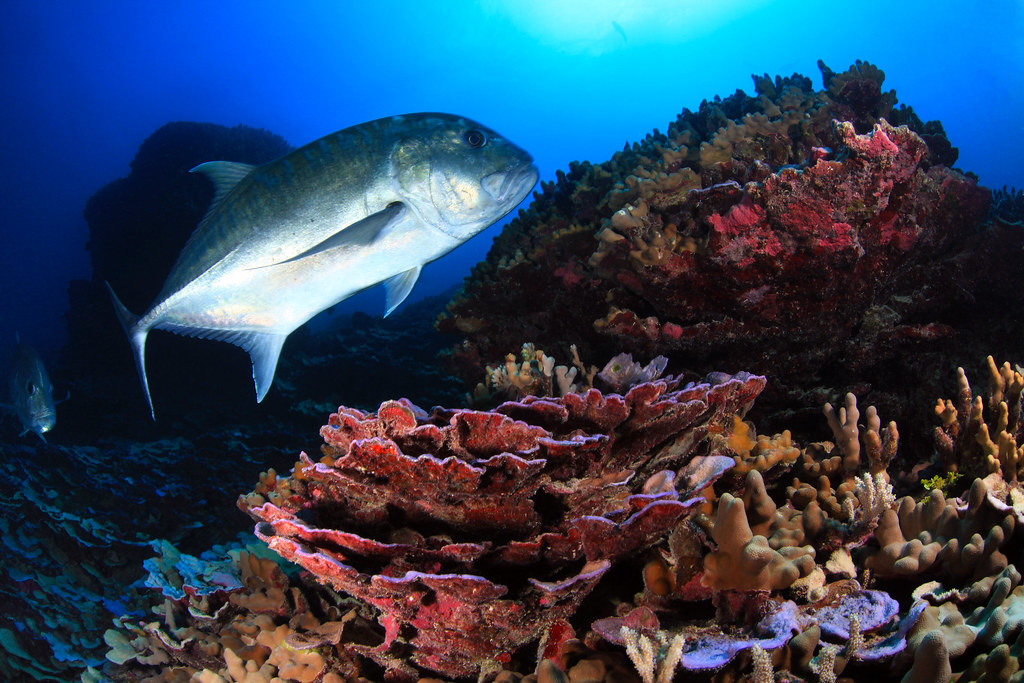
After weighing all factors, the question remains: is saltwater fly fishing in the Seychelles worth the hype and expense? For the right angler, the answer is an unqualified yes. The Seychelles delivers a combination of angling opportunities, natural beauty, exclusivity, and adventure that simply cannot be replicated elsewhere. The chance to cast to 100-pound giant trevally in knee-deep water, to sight-fish for permit on pristine white sand flats, or to connect with a dozen different species in a single day represents the pinnacle of saltwater fly fishing. Beyond measurable metrics like fish numbers or size, the Seychelles offers intangible values – moments of wilderness solitude, encounters with untamed marine predators, and the challenge of testing hard-earned skills against worthy adversaries. Veteran Seychelles anglers frequently describe their experiences not merely as fishing trips but as transformative adventures that recalibrate their entire perspective on the sport. For those who understand what they’re seeking and arrive prepared to embrace both the challenges and opportunities, the Seychelles consistently delivers experiences that justify both the reputation and the investment.
While the Seychelles will never be a budget-friendly destination, its position at the pinnacle of saltwater fly fishing is well-earned. The combination of extraordinary fisheries, professional operations, and pristine environments creates an experience that serious anglers may spend years dreaming about and many more years remembering. In a world where truly wild places grow increasingly rare, the remote atolls of the Seychelles offer a glimpse into functioning marine ecosystems where apex predators still thrive and human impact remains minimal. For anglers seeking the ultimate expression of saltwater fly fishing, the Seychelles doesn’t just live up to the hype – it often exceeds it, delivering priceless memories and fishing stories to last a lifetime.
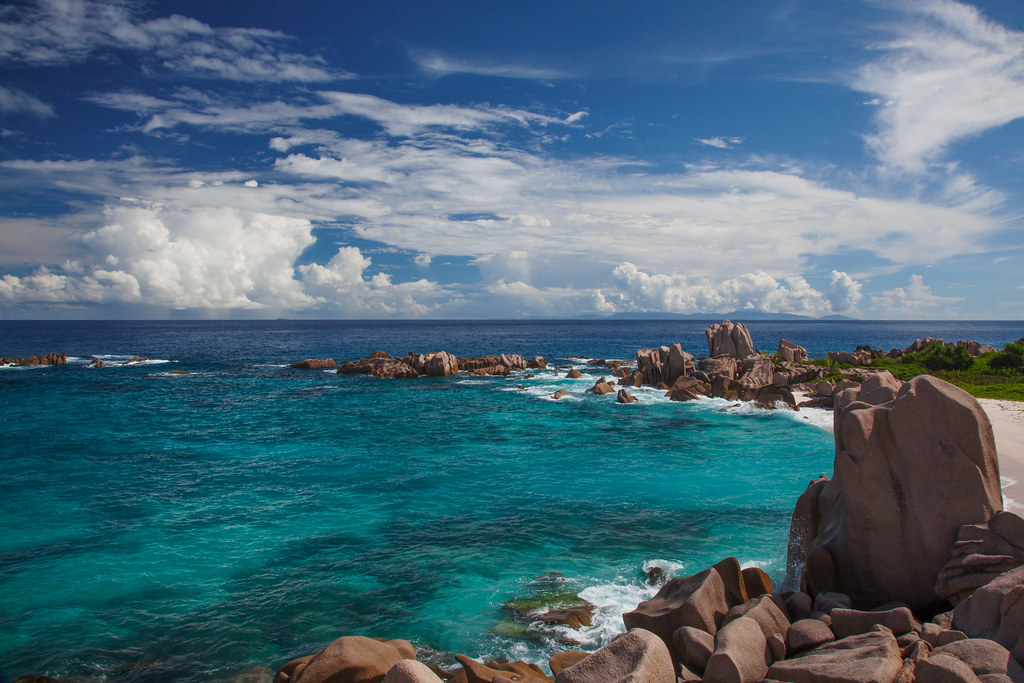
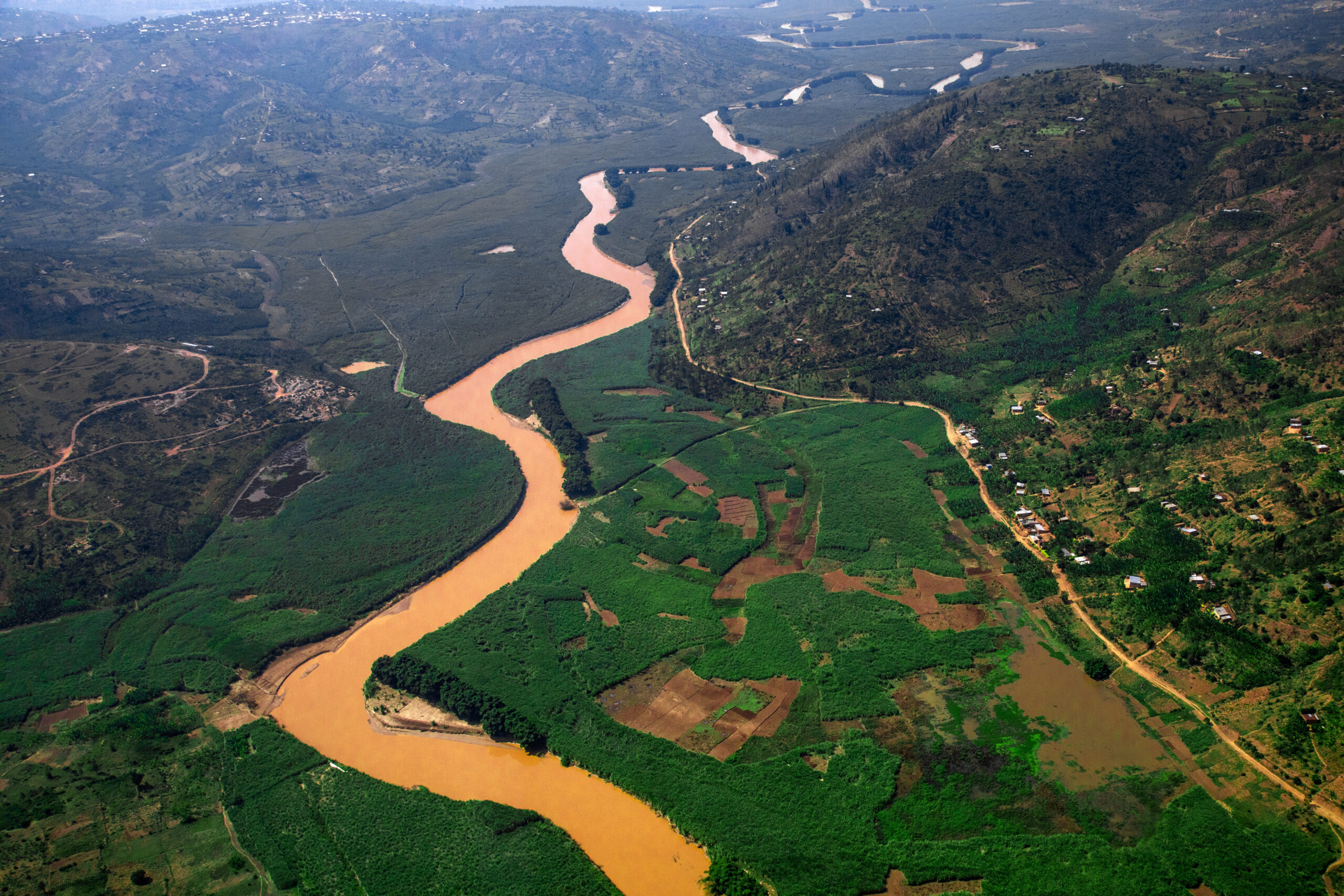
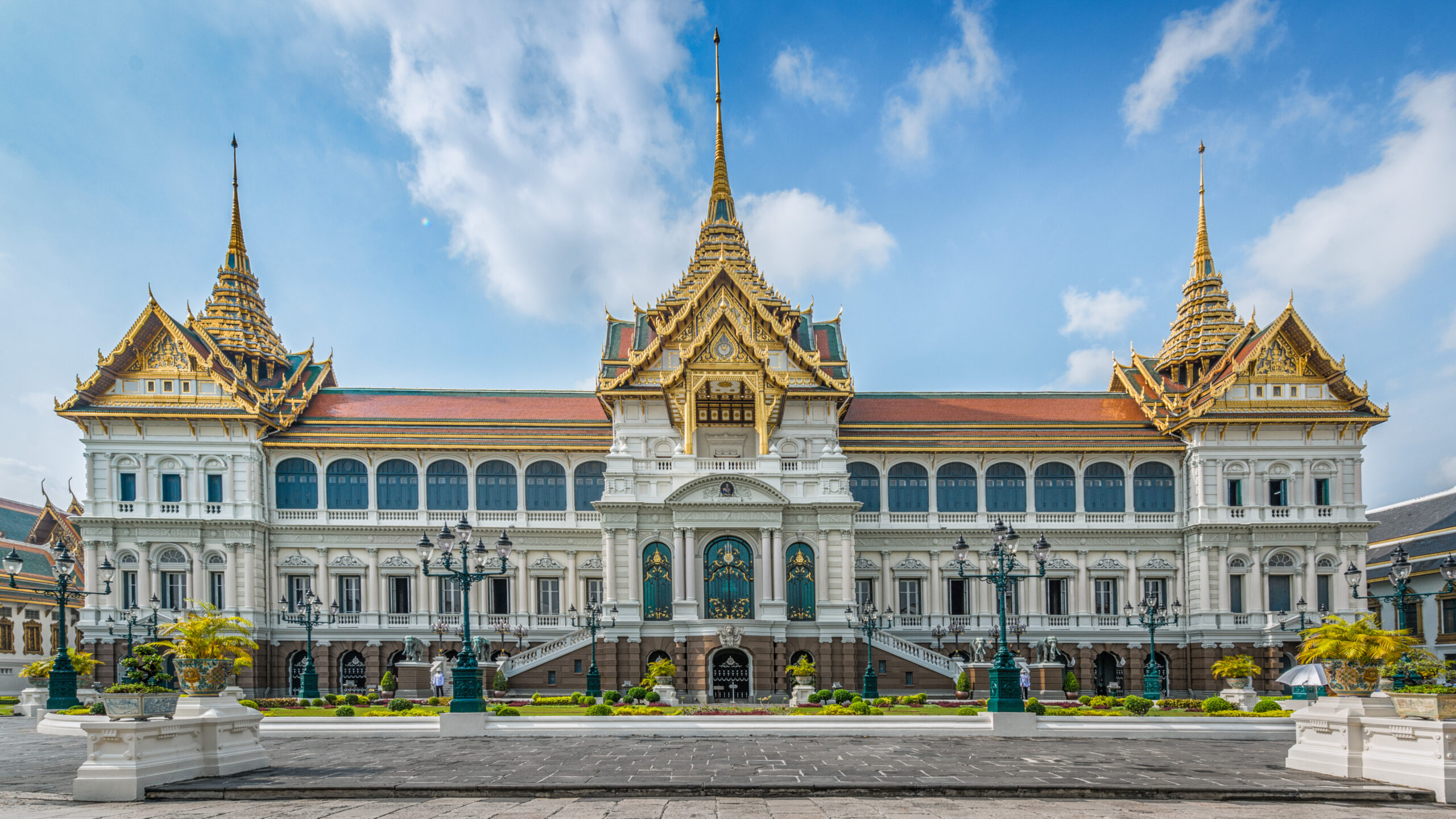
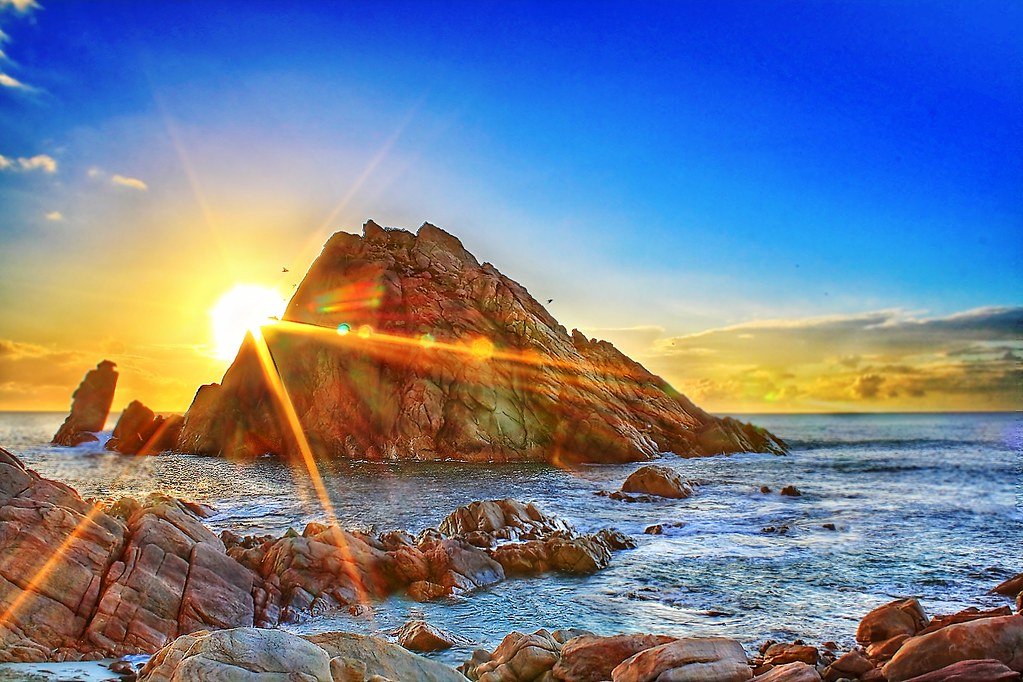
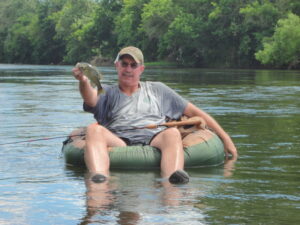
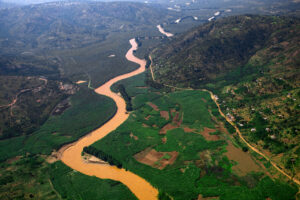








Post Comment